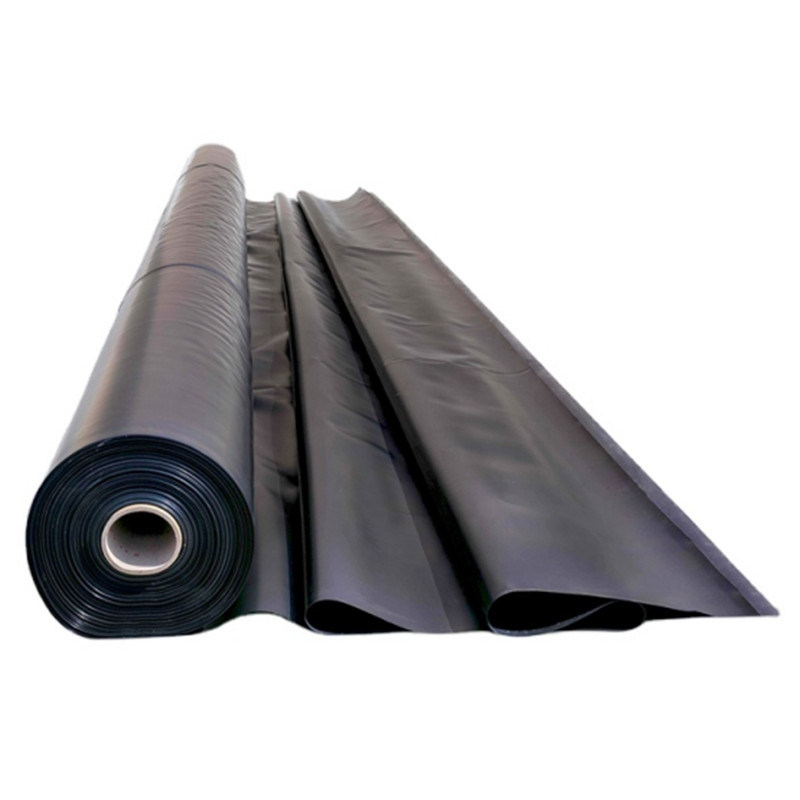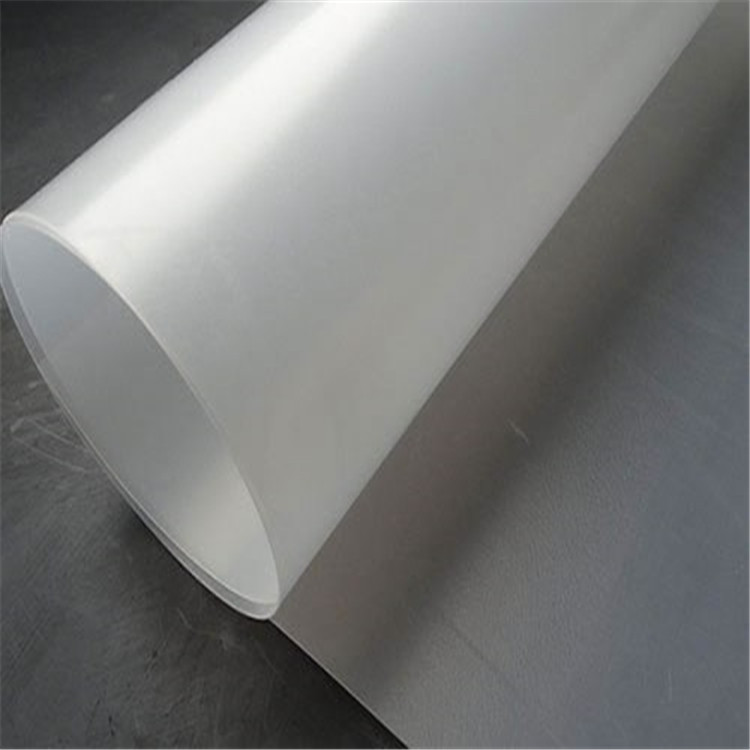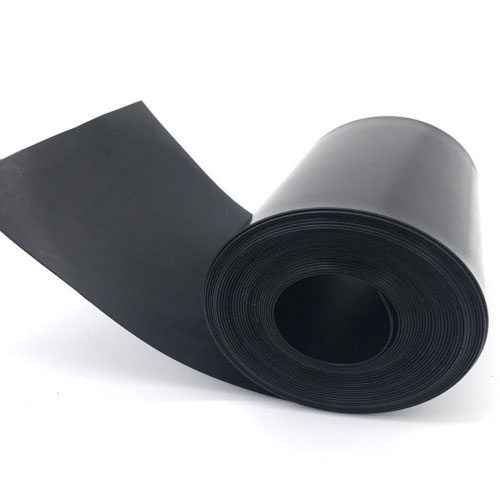Introduction to Aquaculture Geomembranes: Why Aquaculture Uses Geomembranes Instead of Other Liners.
Aquaculture, the farming of aquatic organisms such as fish, shellfish and plants, has gained popularity in recent years due to its potential for sustainable food production. However, to ensure the success and efficiency of aquaculture operations, it is crucial to have the appropriate infrastructure and management systems in place. One of the key components of such systems is aquaculture geomembranes, specifically LDPE geomembranes.
Aquaculture geomembrane, also known as pond liner, is a synthetic impermeable material designed to prevent water or other materials from seeping into or out of aquaculture ponds. Traditional liners such as concrete or clay are bulky, expensive, and lack the beneficial properties offered by LDPE geomembranes.
Aquaculture anti-seepage geomembranes serve a dual purpose. First, they protect the pond’s slope, prevent erosion and maintain the pond’s water capacity. This is critical to maintaining optimal water levels, preventing water loss and improving overall operational efficiency. Second, they enhance water quality control by acting as a barrier between the pond water and surrounding soil. This is particularly important to prevent the penetration of contaminants and contaminants in the soil and ensure a clean and healthy environment for aquatic life.
Why should aquaculture operators choose geomembranes over other types of liners? The answer lies in the many advantages offered by LDPE geomembranes. In addition to being impermeable, these geomembranes are extremely durable, resistant to UV radiation, and have excellent chemical resistance. Additionally, its quick and easy installation and laying process significantly reduces time and labor costs, ultimately increasing operational efficiency. Additionally, using a geomembrane prevents water loss from leaks, thereby reducing pumping costs and resulting in significant cost savings in the long run.
Another important aspect of aquaculture pond liners is their ability to prevent fish from escaping during the rainy season. The geomembrane acts as a safety barrier, ensuring fish are confined to designated areas. This eliminates the risk of losses and allows for efficient management of fish stocks.
In addition to practical benefits, the use of aquaculture geomembranes also has environmental advantages. The application of geomembranes can lead to cleaner and more sustainable aquaculture systems. After using the anti-seepage geomembrane, weeds disappear, eliminating the need to use herbicides and manual weeding. This reduces chemical use and labor costs while minimizing negative ecological impacts.
In the news recently, there was a fascinating story about a man who quit his computer engineering job to switch to shrimp farming using biofloc technology. Nishanth Reddy started shrimp farming in 2005 as a hobbyist and achieved record production and handsome profits. This success story highlights the potential of aquaculture and the importance of utilizing advanced technologies and materials such as aquaculture geomembranes.
In summary, the use of aquaculture geomembranes, especially LDPE geomembranes, is crucial to the success of aquaculture operations. These impermeable liners protect ponds, enhance water quality control, reduce operating costs, prevent fish escape, and contribute to environmentally sustainable aquaculture systems. With the demand for seafood increasing and the need for sustainable food production, using geomembranes in aquaculture is not only a pragmatic choice, but also a responsible one.


Post time: Feb-23-2024
